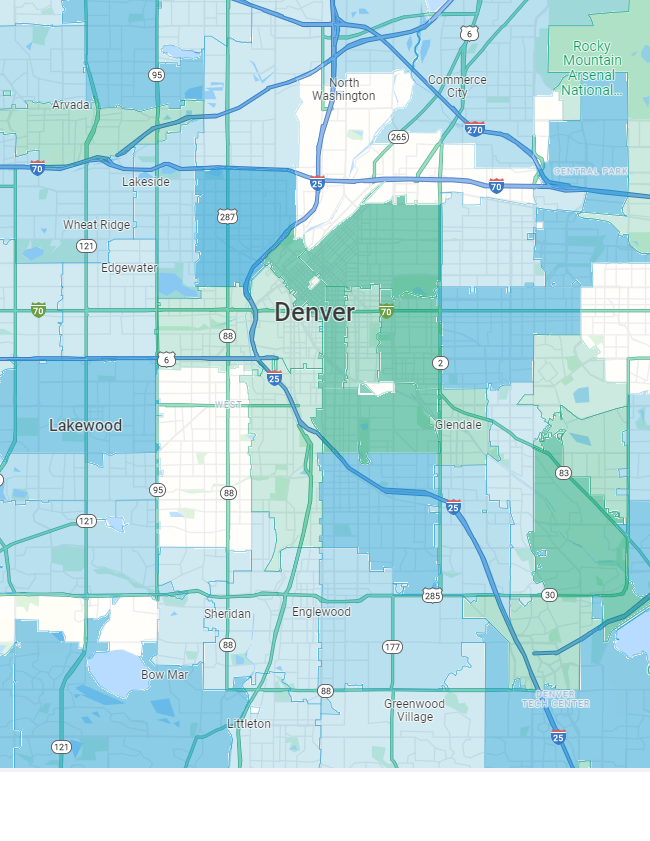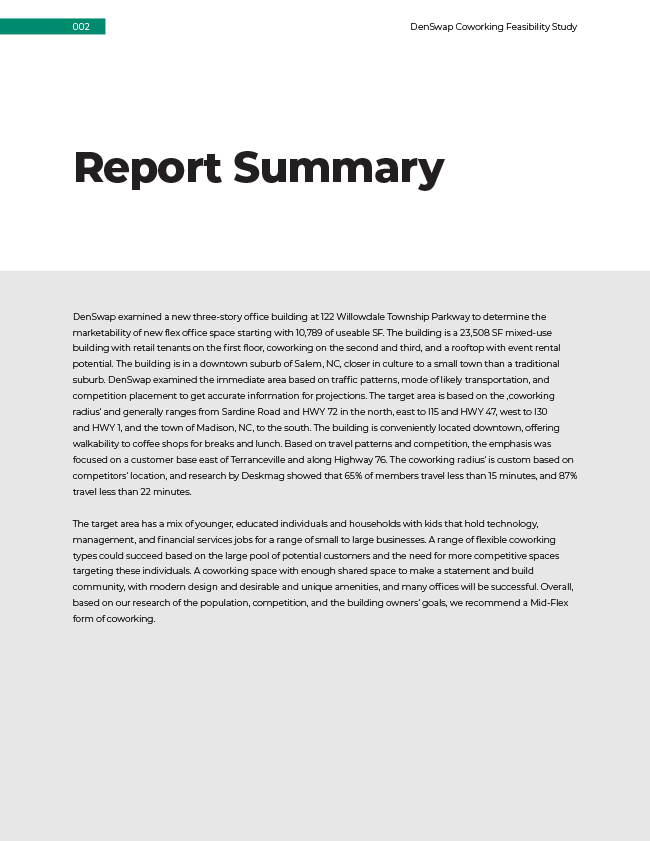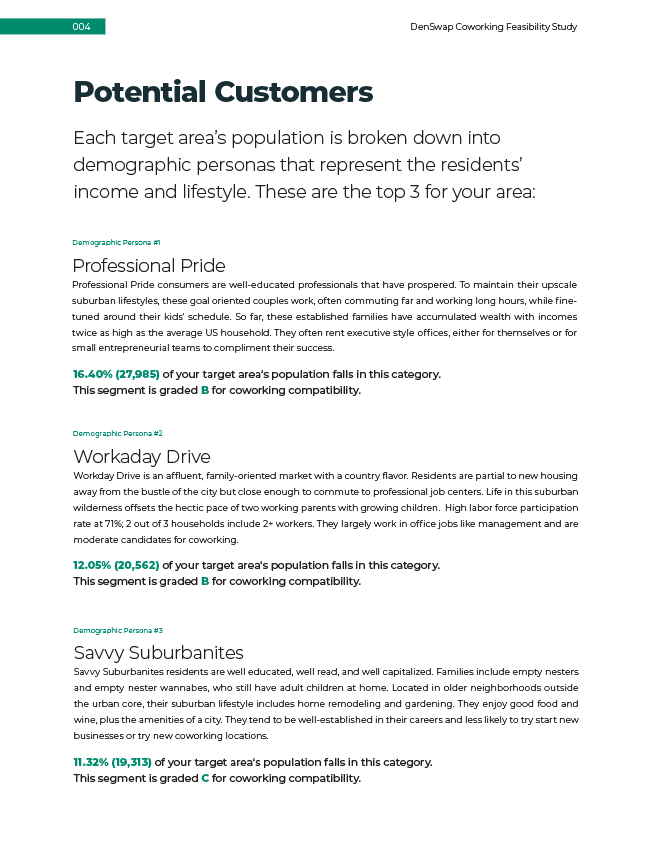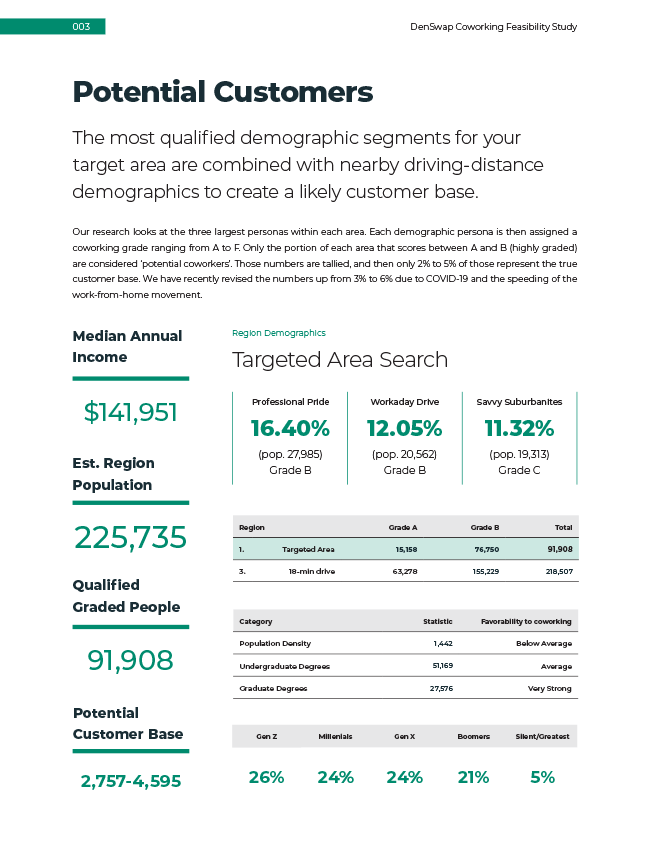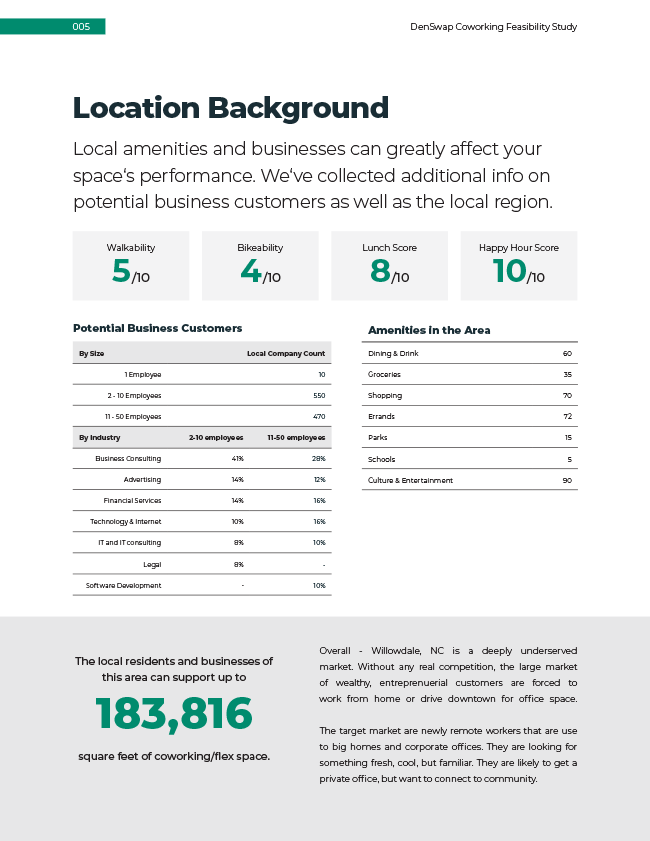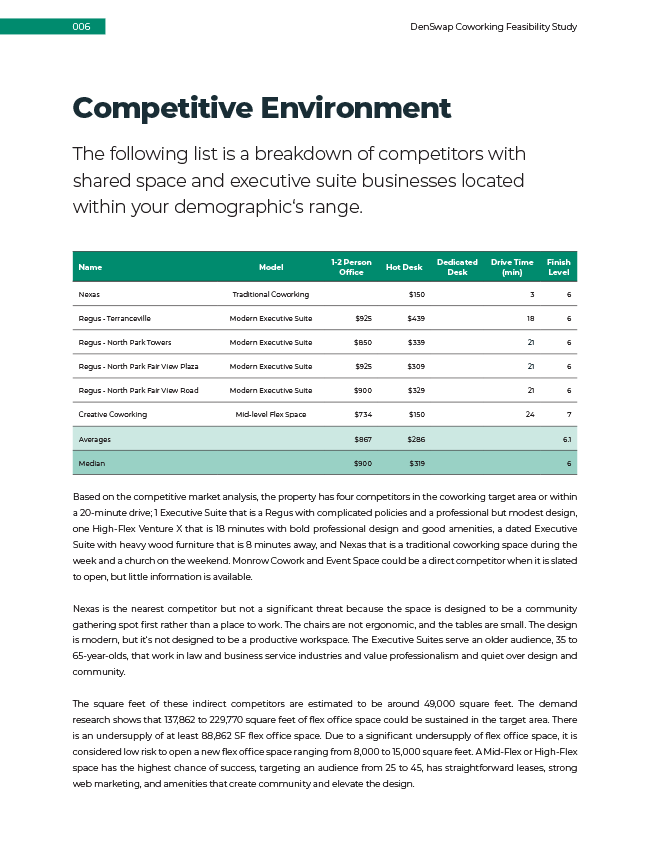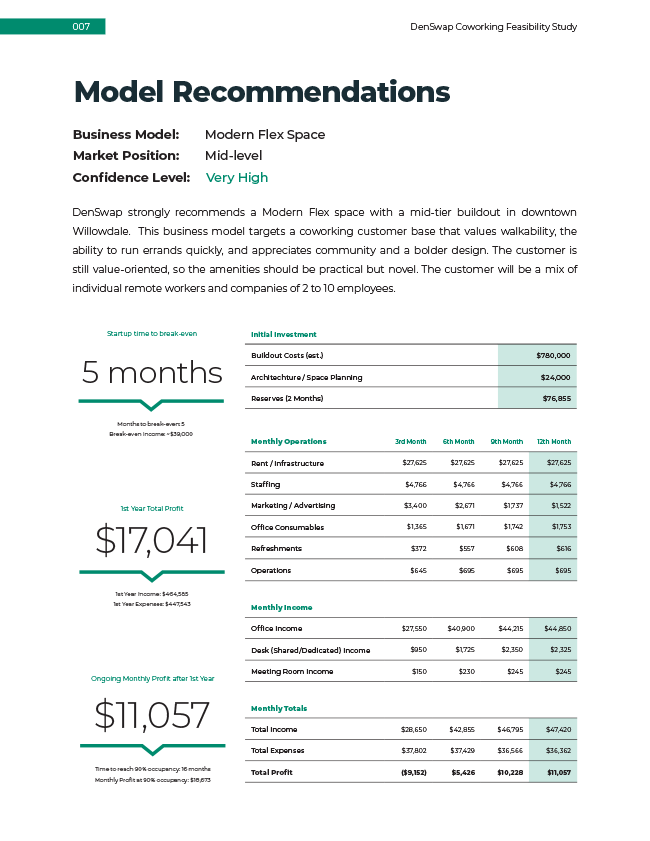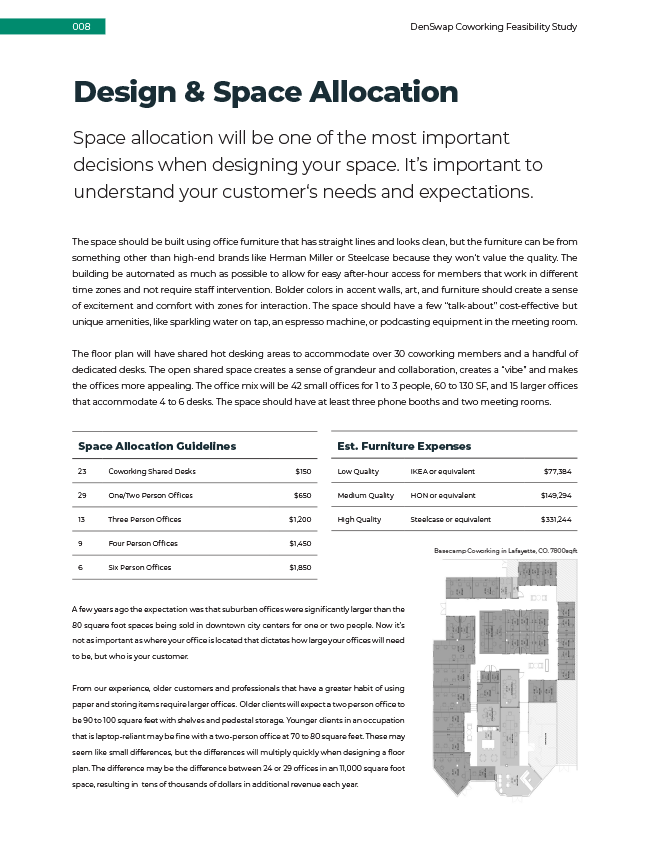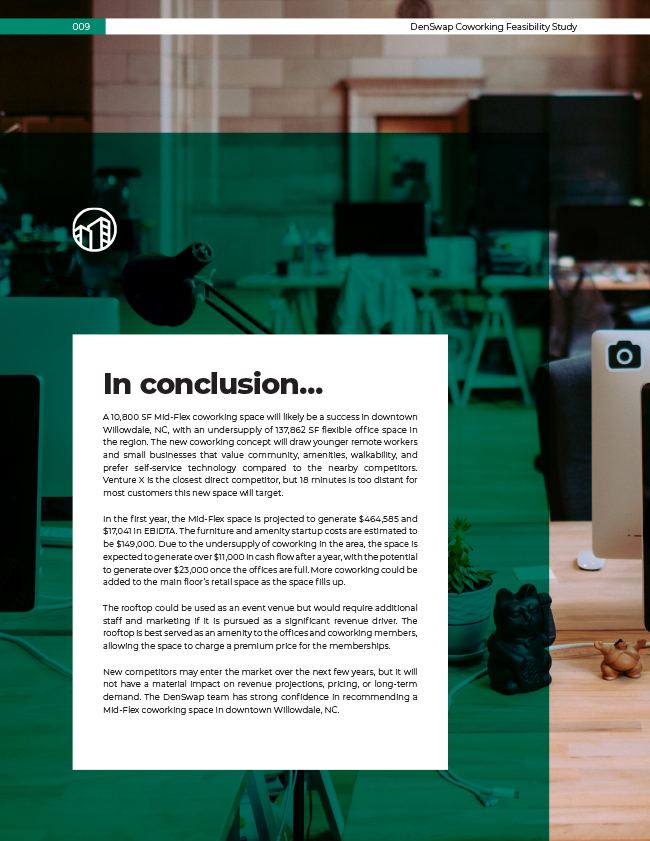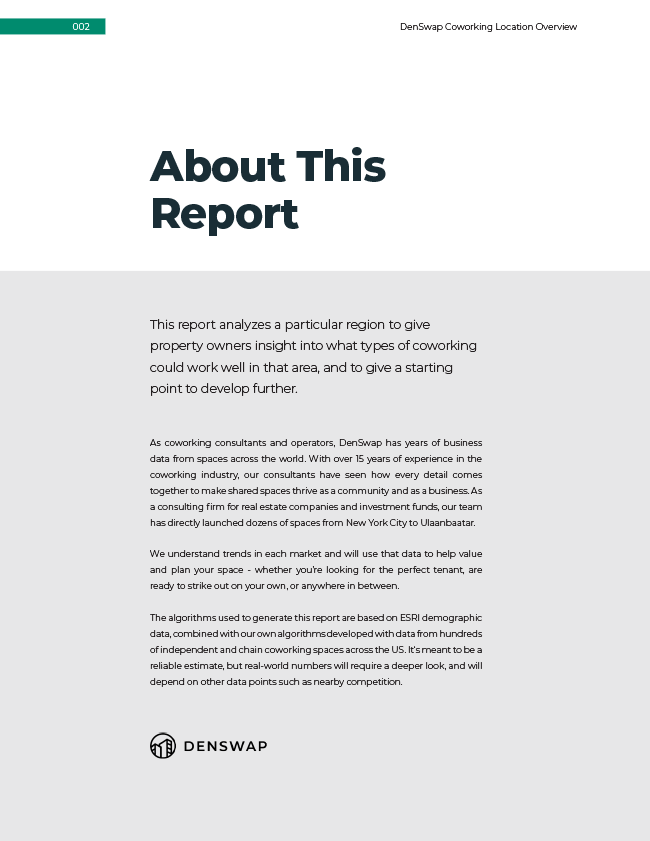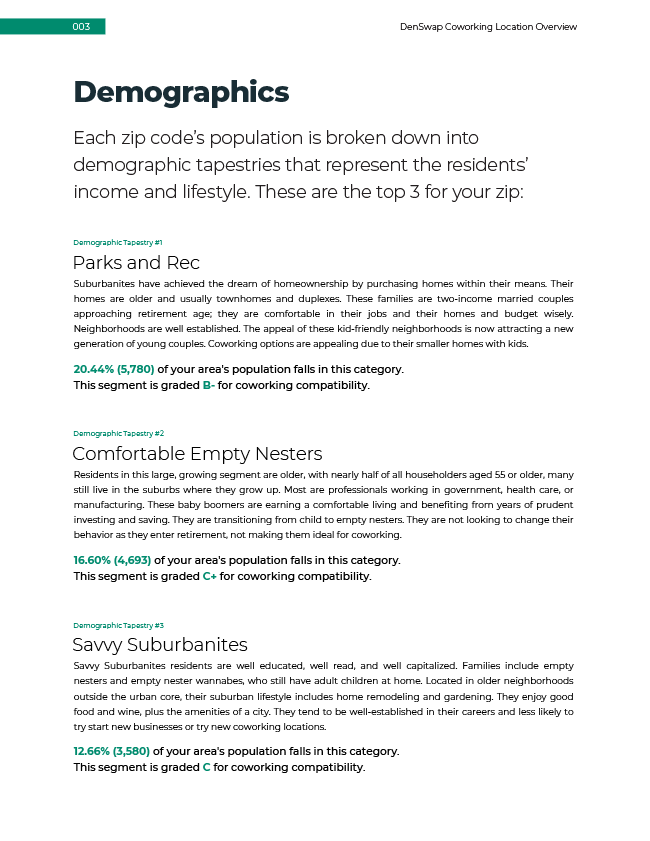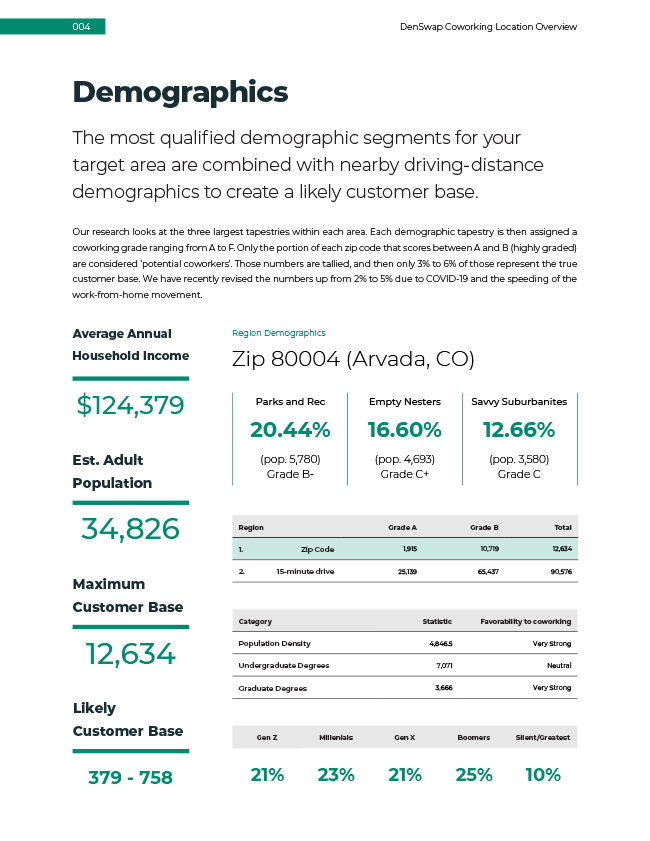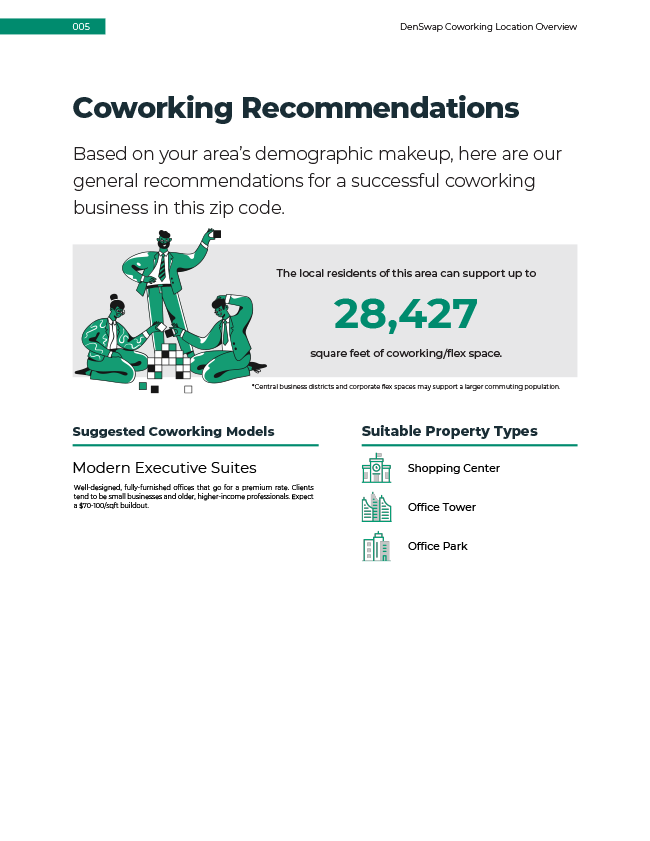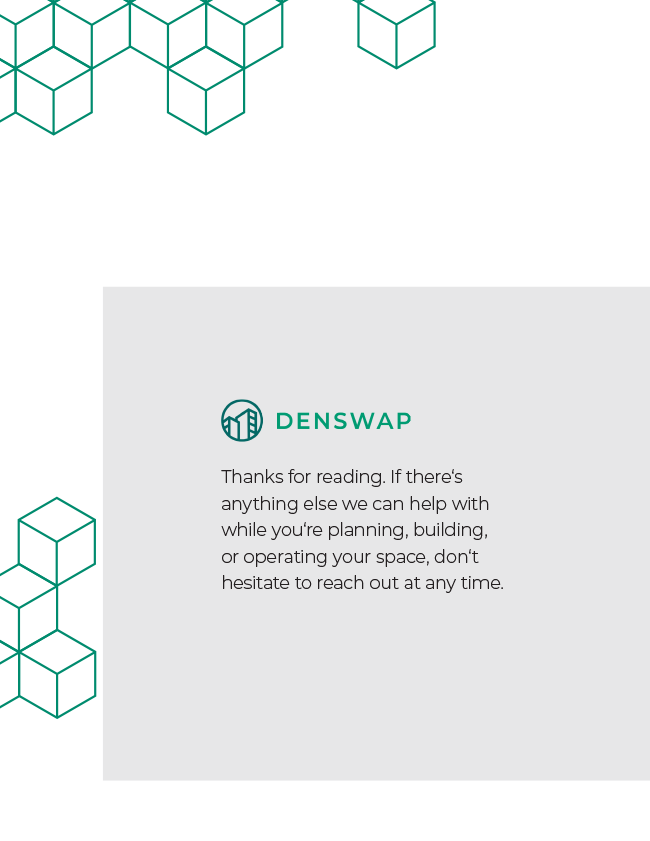What coworking business models are available to property owners? What are management contracts, franchises, and so on?
Building owners across the United States are excited about coworking’s potential as traditional office environment change. Owners have four main ways they can join the coworking movement – lease to a coworking space operator, partner with a coworking space chain through an operations management contract, join a franchise chain and operator the space within their property, or starting your own coworking business.
Each coworking model for business owners has a sliding scale of financial risk, financial reward, and involvement in daily operations. The chart and list below break down and summarize the different coworking models available for building owners.
| Traditional Lease | Franchise | Management Contract | |
|---|---|---|---|
| Concept Description | The building owner signs a long-term lease to a coworking space operator. | The building owner joins a franchise chain and operates the space under the franchise brand and processes. Up to 10% of revenue is shared with the franchise group. | The building owner and coworking company operate in a partnership where revenue is shared. |
| Who is it for | Risk-averse building owners that want predictable income. | Entrepreneurial property owners that believe in the future of coworking, are willing to participate in the operations but want to follow a proven model | Property owners that believe in the future of working want to share in the reward of successful coworking spaces, but don’t want to operate a coworking business. |
| Partnership Types | Coworking entrepreneur or chain | Corporate group | Local or regional experienced coworking entrepreneur |
| Major Benefit | The owner receives a steady and consistent monthly payment. The owner is not responsible for any daily operations. | A plan and process are already developed. The owner keeps all of the profits after franchise fees. | The owner is not involved in operations. A plan and process are already developed. The property owner shares the profits and has the potential for a higher reward. |
| Limiting Factors | The building owner is responsible for TI budget, which covers 50 to 70% of the total costs to start most coworking space. The owner does not receive any additional money if the space succeeds | The franchisee is responsible for daily operations. The owner suffers all of the losses. The brand and processes can not be altered much for the local environment. The building owner is responsible for buildout and furniture. High startup fees | The building owner does not control the brand or daily operations. The building owner is responsible for buildout and furniture. Rent varies based on revenue from the space. It stabilizes around 9 months after being open. |
| Business Model | A traditional long-term lease is signed for 3 to 10 years. | The franchisee pays a fee to be part of a network and established model. A percentage of monthly revenue goes to the larger organization. The owner is responsible for all expenses and staff. The owner keeps the profits and is responsible for any losses | The building owner pays for thebuild-outt, furniture, and staffing. Two revenue share models: The building owner pays the operator 5 to 10% of revenue plus expenses OR The building owner pays expenses but keeps all the revenue until market-rate rent is met and then revenue is split. |
| Upfront Fees, Common | Tenant Improvement Broker fees | Franchise Startup Fees Buildout, furniture, and pre-open staffing | Buildout, furniture, and pre-open staffing |
Lease to a Coworking Operator
Least risks and lowest up front costs
This is a traditional long-term lease with a 3 to 10+ year lease on a commercial property. The building owner receives a predictable pre-determined rent check each month. The owner will likely have to provide up-front tenant improvement funds for the buildout of the physical space. The building owner does not perform any day-to-day operations of the space and does not share in any profits or losses of the business.
Franchise a Coworking Concept
Moderate risk, high financial reward, most up front cost, moderate daily operations.
A coworking franchise can be had by a property owner or a group that leases the commercial property. A coworking franchisee is when a property owners buys into existing shared space model with up front fees and ongoing monthly fees based on top-line revenue.
Coworking franchises models are typically executive suite brands located in the suburbs and range from 7,000 to 12,000 square feet. The franchise will help develop a floor plan and provide all of the guidance for furniture and build out that is required to transform the space. Franchise groups are professionals and experienced in launching a space and make it as easy as possible to launch a space. It’s still a lot of hard work and you are ultimately responsible for the launch, but they have a tried and true blueprint and support staff to help.
Once the space is up and running then the property owner is responsible for the daily operations within the space. This is the more routine basic items of cleaning, welcoming people, and giving tours. This can easily be hired out to a community manager. The franchise group handles the more complex backend operations and marketing. In exchange for these services there is a typical 4% to 8% revenue fee from top-line revenue.
Management Contracts
Management contracts are a growing trend in the coworking world that is quickly accelerating due to the COVID downturn driven by the rapid change in commercial real estate and working from home habits. Management Contracts and Joint Ventures are partnerships or profit-share arrangements between experienced coworking space operators and property owners. Management contracts are best for property owners that believe their location is well suited for a coworking space and are willing to looking past the long-term lease.
There are many property owners that believe coworking is well suited for their space but they want a long-term lease with an operator. This is often a non-starter with most coworking spaces. The fact is that many coworking spaces are independent spaces with one to three locations and not a lot of capital to pour into new locations. Coworking space operators have an expertise in marketing, running and operating a space, and building a community. Coworking operators love what they do but they are financially conservative compared to other types of entrepreneurs. This is why a partnership between a property owner and a space operator is becoming popular.
Management contracts have been gaining popularity because they allow each party, the space operator and the property owner, to specialize in what they do. The property owner can focus on real estate and the coworking operating can focus on building out the community and renting out the space.
Assess your property’s coworking viability, and matched with coworking operators.
Check out DenSwap’s matchmaking serviceManagement contracts also break the false choice of having an empty space with zero revenue or a leased space with a steady paycheck. The management contract means there will be months where they get above average return and in a recession there will be slight dips of below average revenue, but it will likely never be zero. Management contracts introduce variability, but it’s much safer in the long run because the business will drive revenue while operating.
The structure of a management contract
- Property owner is responsible for build out, furniture, and startup costs.
- Property owner collects all of the revenue until rent and expenses are covered. The property owner is responsible for opereating expenses.
- The coworking space operator runs the daily operations and doesn’t collect revenue until there is profit.
- Profit split is negotiated between the operator and owner
Management contracts can take many forms but they are commonly structured where the property owners covers 90% to 100% of the startup costs, which is mostly tenant improvement costs that include building walls, paint, etc that would be covered in traditional lease. The main expense is furniture, which can range from IKEA to Herman Miller, marketing, and staffing.
Once the space is open, the property owner collects all of the revenue until market rate rent is met and all expenses are covered. The coworking operator runs the space with a community manager, events, and daily upkeep. Once revenue is high enough that all rents and expenses are covered then profits are split between the operator and owner.

You’ve got options.
Flex space is no longer a binary lease/DIY dichotomy for property owners – in today’s marketplace, you have options to fill your space with proven operators and franchises with a history of successful locations. Next, see if your property is a good fit for coworking before we match you with the right operator.

